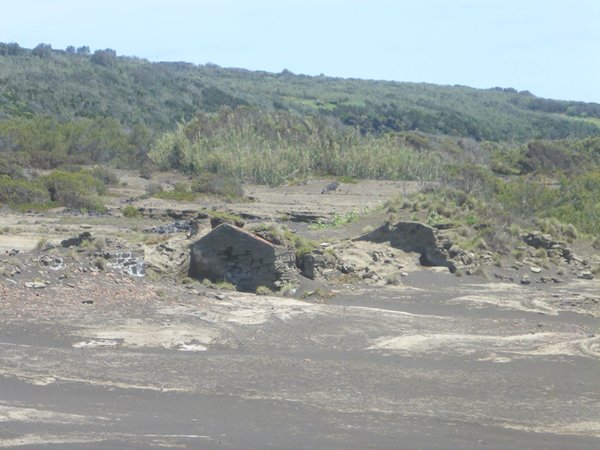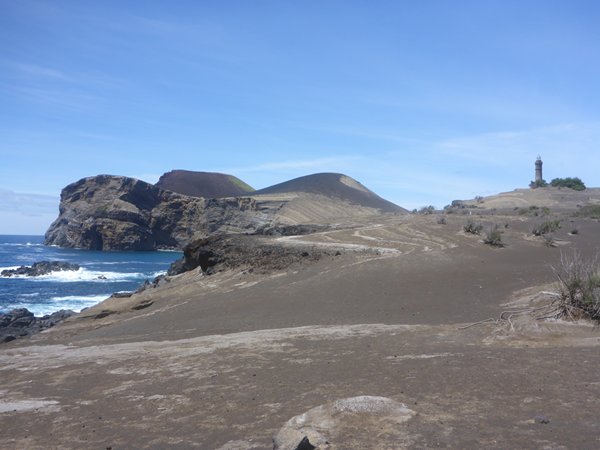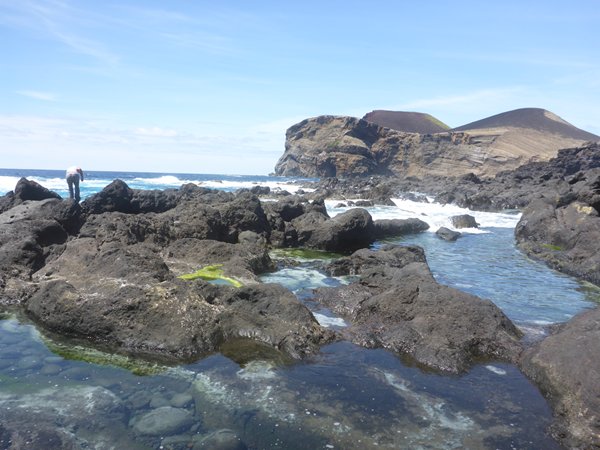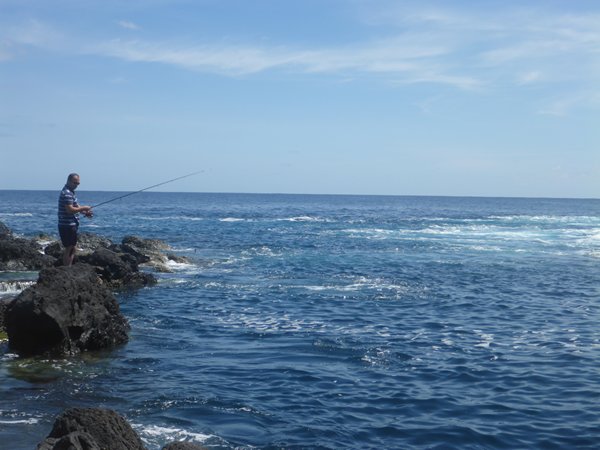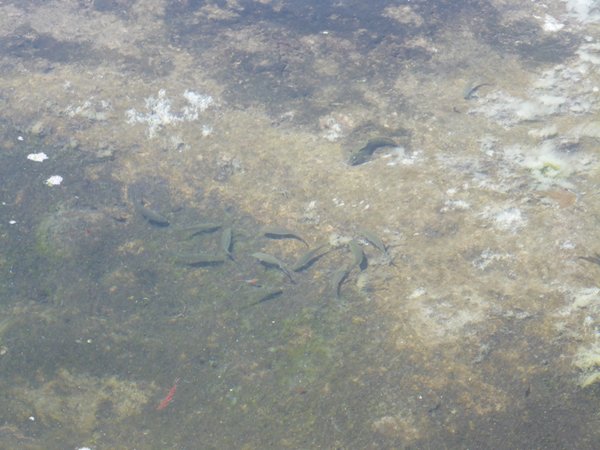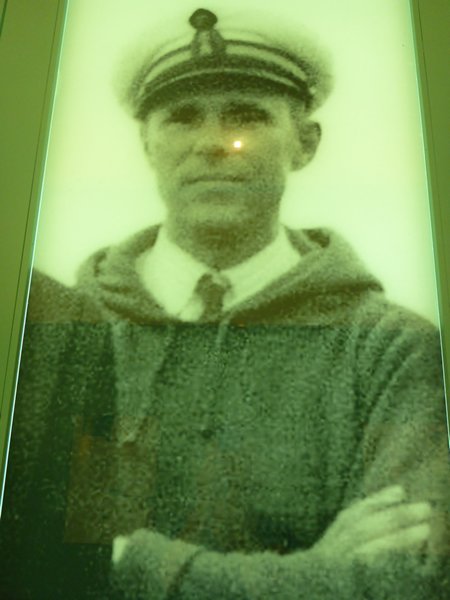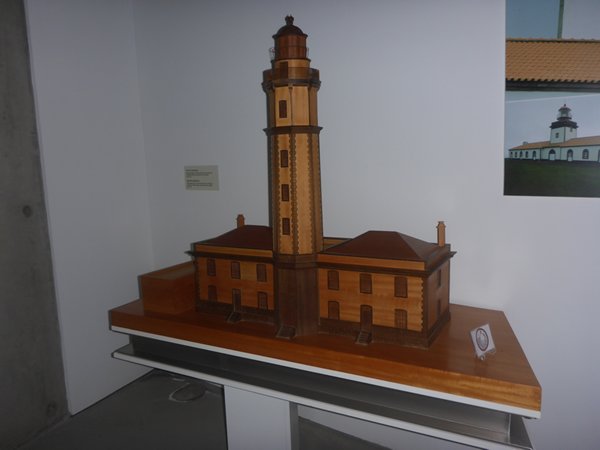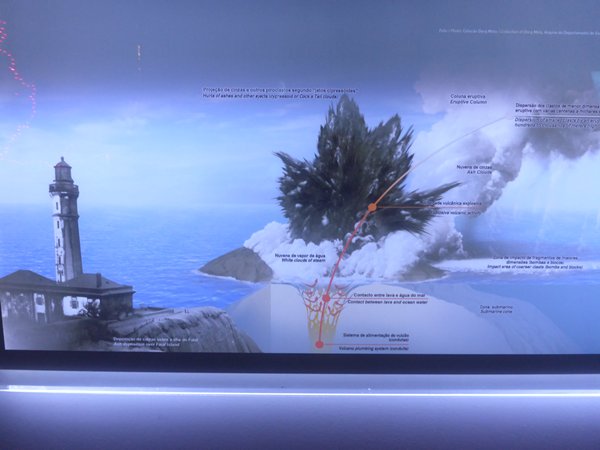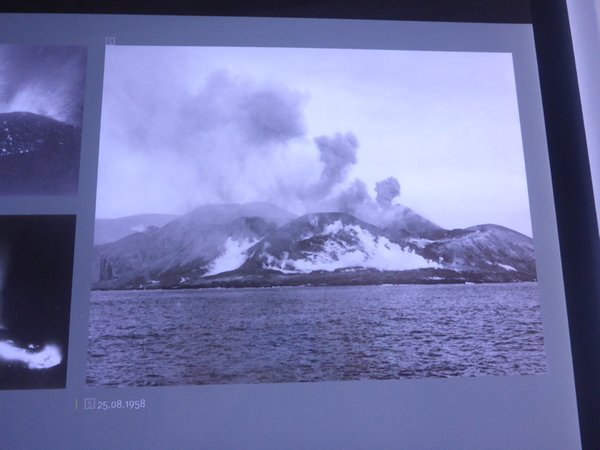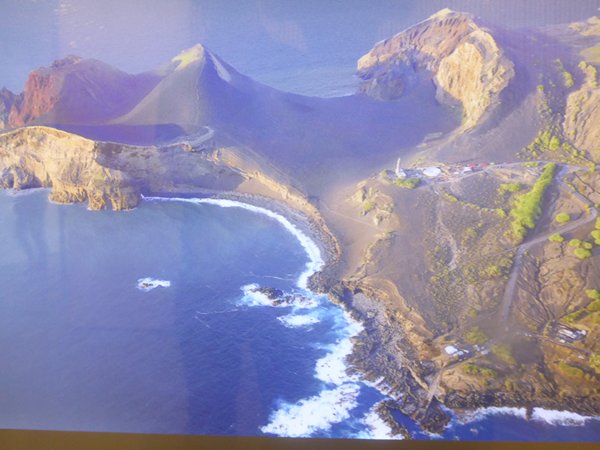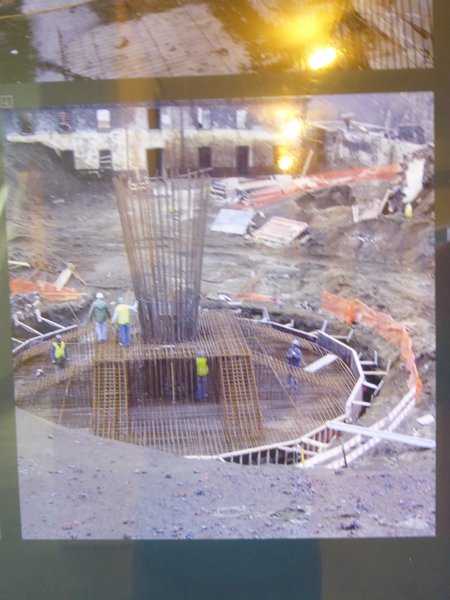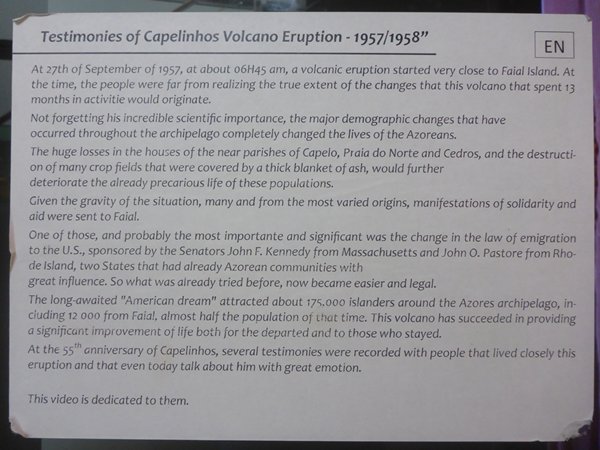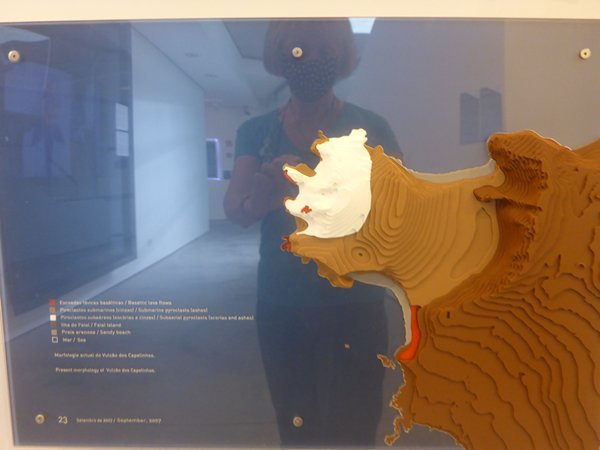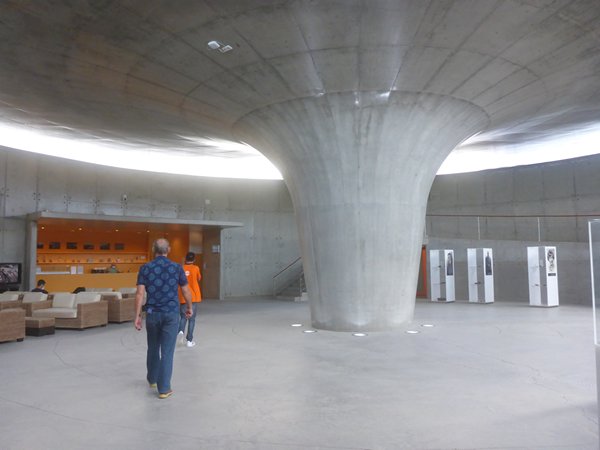The Capelhinos Volcanic Eruption when I was Five

Zoonie
Mon 31 May 2021 13:20
|
Leandro drove us down the road to the Capelinhos car park, past what was
once the whalers village; all that is left now is the roof tops. We walked down
to the old slip that you see in the old photo and I started to remember that I
came here many years ago and I believe before the impressive new subterranean
museum was built.
In the photo of the slipway you can see three types of boats. Small rowing
boats in the foreground, the long elegant skiffs just behind them that were the
whalers boats used in the pursuit of the leviathans and inside them are the oars
and the sails are wrapped around the spars lying on the seats. If you remember I
included some photos of them sailing in a recent blog. Many of these, or
replicas of the same are enjoyed today for racing and rowing, as I have
mentioned before. Then offshore, moored in the water are the longer motorised
craft used to tow the whales around to the whaling factories in Horta. There are
two well preserved vessels on the quay in Horta, photos to follow!
The picture of the fisherman and the rock pools shows the area around the
base of the slipway and in calm weather people flock to swim in the relatively
protected water of what was once the anchorage. The rock pools teemed with young
fish, guppies and crabs.
The first major seismic event on this island in modern times was back in
the 17th century; then on September 27th 1957 when I was a fresh five year old,
the whalers set off towards the sight of some bubbles bursting on the sea
surface they thought was a whale one kilometre offshore. As they approached the
heat and smell told them this was an eruption so they turned about face and sped
back to raise the alarm. The undersea, Surtseyan eruption lasted for seven and a
half months with sporadic massive explosions as the lava sped upwards through
the water, detonating jets of black ash high into the sky and forming three
islands the first two of which were short lived.
In May 1958 the eruption moved location and became a terrestrial eruption
maximising itself on the 12th to 13th May when pyroclastic clouds of ash,
lapilli (rock fragments), bombs (shaped into rounds and ovals on contact with
water), blocks and splatter projectiles, which may well have been when the
buildings to the north were buried.
The lighthouse keeper on duty at the time was a very talented Tomaz
Pachacho da Rosa (pictured) and he acted not only with great bravery at the time
but also with a sense of posterity. He grabbed a coin, pushed it into a slurp of
molten lava and cooled it off in the sea, presumably using a shovel or something
similar, and that is what you see in the photo, a unique souvenir. After the
seismic activity settled down and nearly half the population left for the USA,
thanks to the help of Senator John F Kennedy and John O Pastore, Tomas was
integral in the development of music on the island, the church choir and a
philharmonic society.
I remember the lighthouse buildings being half buried in volcanic ash and
only being allowed to walk around the outside of the buildings. Today a visit to
the museum is a must because the concept of its design is extraordinary. The
area in front of the buildings was excavated down to the level of the original
floors so that the museum was built on the land side of the buildings, with
subterranean display areas and corridors that emerge into the ground floor of
the old living area. Then the ash was replaced so the buildings are once again
buried, on the outside, to the original height, thus preserving the post
eruption impression of the place. Clever stuff. I included the two photos of the
3D models of the area really because they are an example of objects created
using a 3D printer. The use of modern technology in the presentation of history.
I like it.
Next Leandro had another one of his delightful surprises for us.
|
